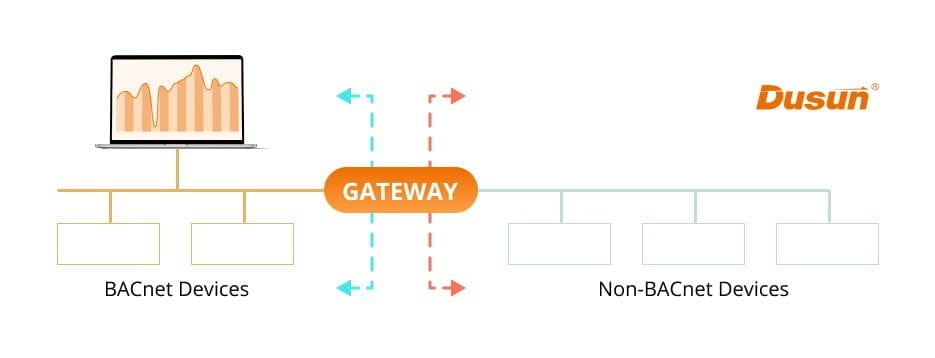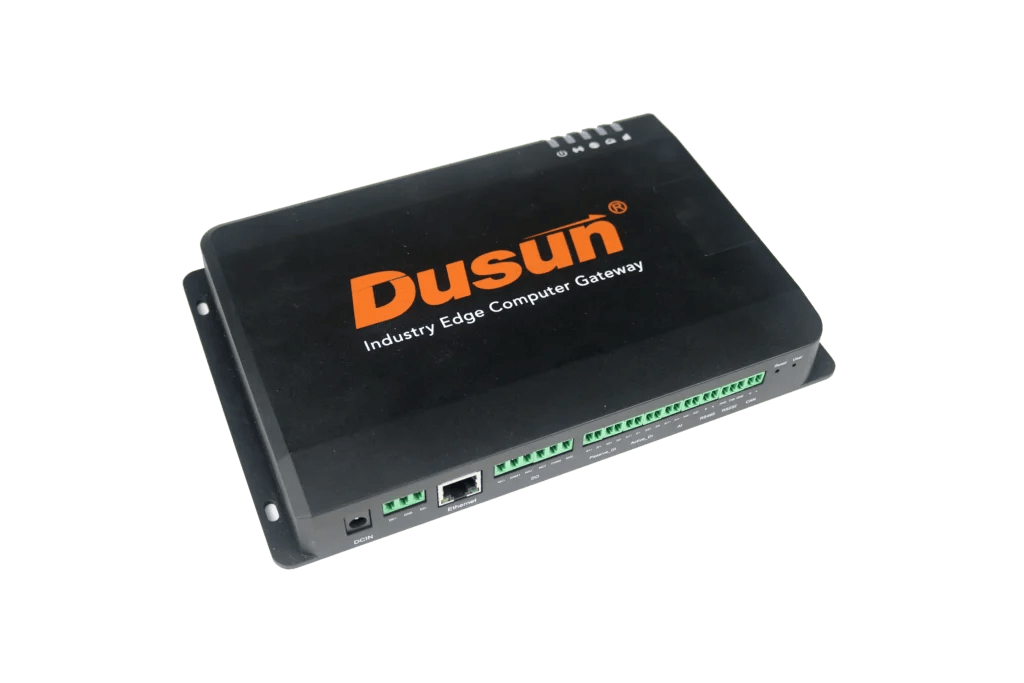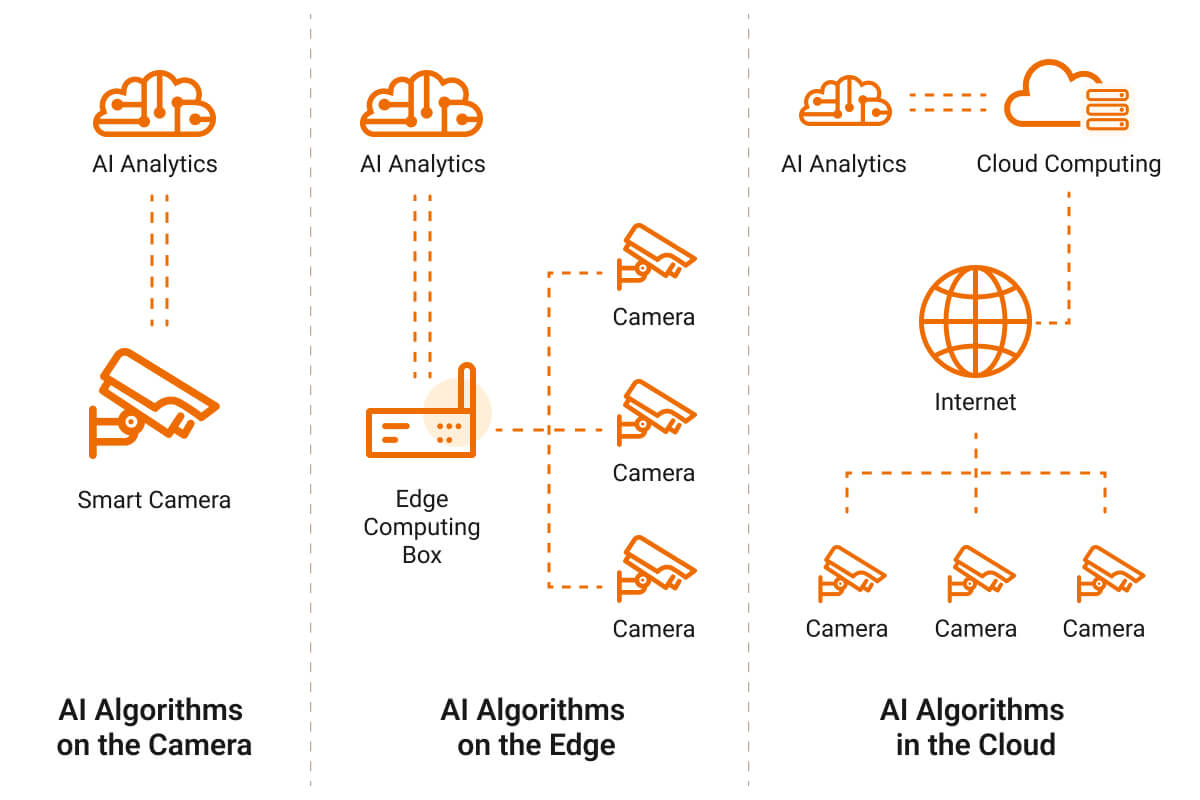BACnet and Modbus are two open communication protocol standards frequently used in building management systems today in applications such as energy monitoring and occupancy control. In the previous article, we introduced the application of Modbus gateway, and then we will take you to understand the application of BACnet gateway in IoT scenarios.
What is BACnet?
The most popular communication protocol in the sector is BACnet (, which was developed and supported by ASHRAE. BACnet MS/TP and BACnet/IP are the primary BACnet implementations.
BACnet MS/TP
An older implementation of BACnet called MS/TP (master-slave/token passing) uses twisted pair cable (RS-485 standard) to create a separate network run throughout the building by system integrators. The physical network configuration cannot be changed or defaulted because BACnet MS/TP communicates at slow baud rates. It needs to be installed with particular biassing and end-of-line resistors.
BACnet MS/TP is the most widespread installation in use today, despite its poor speed when compared to other communication protocols and implementations and its weak fault tolerance.
BACnet/IP
As a newly developed implementation built on the Internet Protocol (IP), BACnet/IP may interact through Ethernet cables and IP networks. System integrators can connect a BACnet/IP controller or device the same way they would a computer by plugging it in. This avoids the need to run a typical MS/TP RS-485 twisted pair of wires. An Ethernet cable can be plugged into the devices’ network jack. A network is then set up by an IT/OT specialist or system integrator, and it functions.
Building automation professionals or system integrators typically prefer BACnet over MS/TP or /IP. To add data points to the BMS or building automation system (BAS) database, integrators can enter a building, plug in a computer, perform a BACnet scan, examine the devices, and check what data points (such ambient temperature or occupancy) are in those devices.
What is a BACnet gateway?
A BACnet gateway serves as a translator between BACnet systems that employ various communication protocols or media. As an illustration, it enables the communication between BACnet systems via RS-485 and Ethernet. Additionally, it can enable communication between BACnet devices from various manufacturers, which may make use of various object types and characteristics.
Different building automation systems that make use of the BACnet protocol can be integrated with the aid of a BACnet gateway, enabling them to speak to one another and cooperate to increase a building’s general functionality and efficiency.
How does a Bacnet gateway work?

BACnet gateways can be hardware or software-based, and they can be configured to perform various activities, including data logging, protocol conversion, and device management. They are a crucial component of many current building automation systems since they enable easy integration of new devices and systems, as well as smooth communication across various systems and networks.

The BACnet gateway can also act as a bridge, connecting different BACnet networks or devices that are physically separated by a different network or communication medium, such as a LAN or WAN. The process of how a BACnet gateway works can be broken down into the following steps:
Data collection: The BACnet gateway collects data from the devices or networks it is connected to.
Protocol conversion: The gateway converts the data into the appropriate protocol used by the destination network or device.
Routing: The gateway routes the data to the destination network or device.
The BACnet gateway functions as a translator between BACnet and non-BACnet networks by transforming the separate networks’ communication protocols into a common format that both networks can understand. For example, suppose one network employs the BACnet protocol and another employs a different protocol, such as Modbus or LonWorks.
In that case, the BACnet gateway will convert the data from the non-BACnet network into a format that the BACnet network can comprehend, and vice versa. Protocol conversion often accomplishes this, which entails translating data points and commands from one protocol to another.
A built-in database maps the data points and commands from the various protocols in the BACnet gateway. This database ensures that data is correctly mapped and translated between networks. The database may also contain network device information, such as addresses and capabilities. As data is received from one network, the BACnet gateway evaluates it to determine the source and destination.
Then it translates the data into a format that the destination network can understand. The IoT gateway then sends the data to the destination network, where the target device receives and processes it.
What distinguishes a BACnet router from a BACnet gateway?
BACnet routers are distinct from BACnet gateways since they are designed to transmit messages from BACnet devices to other BACnet devices on the network. To connect BACnet IP to BACnet MS/TP devices, BACnet routers are widely used. Each network packet has a unique structure, and Ethernet and serial networks have distinct wiring.
By bridging the gap between the two physically separate networks, a BACnet router may link devices from both types of networks together. A BACnet gateway transforms many protocols into BACnet, in contrast to a BACnet router which only delivers data over the BACnet network.

BACnet gateway application
BACnet brings many benefits. BACnet gateways can reduce labour in building day-to-day operations. These features include easy start-up, cloning to replace BACnet devices, and changing a building’s configuration. This can make it easier to maintain trained facility staff, troubleshoot building operations issues, and provide meaningful information to facility managers.
Another key advantage of BACnet is that it can operate at multiple levels: within a single device, as a master controller connecting multiple devices, or within a turnkey building automation system, integrating components from multiple suppliers. Customers are no longer ‘locked in’ to a single vendor’s equipment, mixing and matching equipment and subsystems in a building, as they were in the past.
The BACnet gateway minimizes the complexity of installation, start-up, commissioning and operation for contract installers, commissioning agents, control contractors or automation companies.
Building management
The BACnet gateway can measure and control HVAC systems and other building-related utilities. BACnet gateway can be seamlessly included in the automation of various systems based on the features mentioned above, decreasing energy consumption, boosting efficiency, and offering a greener solution by lowering a building’s carbon footprint.
Building managers may keep an eye on data to spot leaks or burning lights, cutting down on waste and operating expenses. Data can also be utilized to set off alerts that warn staff about dangerous circumstances.
Manufacturing and industrial Control
Implementing IoT technology into intelligent manufacturing will result in significant benefits for enterprises. It will make continuous measurement and control of industrial processes possible, which will cut down on waste and make it easier to maintain exact control over product quality. Increased productivity and improved automation of process management are both possible outcomes of using a BACnet gateway.
The need for machine repair can be anticipated by continuous monitoring, which also helps to streamline the supply chain and provide superior service to clients.
Dusun BACnet gateway
Through widely used 3G and 4G wireless networks, as well as a number of internet services, the DSGW-081 BACnet gateway provides machines with continuous access to the Internet. The BACnet gateway comes with robust wireless services, broad security defences, and edge computing capabilities. Each wireless module is modular, enhancing productivity and cutting costs by letting users choose the best configuration for their particular requirements.
Dusun DSGW-081 BACnet gateway has strong edge computing capabilities. Data bottlenecks in cloud-end computing are avoided, and data flow between field sites and data centres is significantly reduced. On the IoT edge, it also achieves data optimization, real-time reaction, agile connectivity, and intelligent analysis.

Regarding Dusun IoT
Dusun IoT has invested in the study and creation of IoT gateways for a long time. We provide several BACnet converters. Dusun IoT will fervently tailor an IoT solution if you use the online form or chat option to discuss your special circumstances and requirements.



















